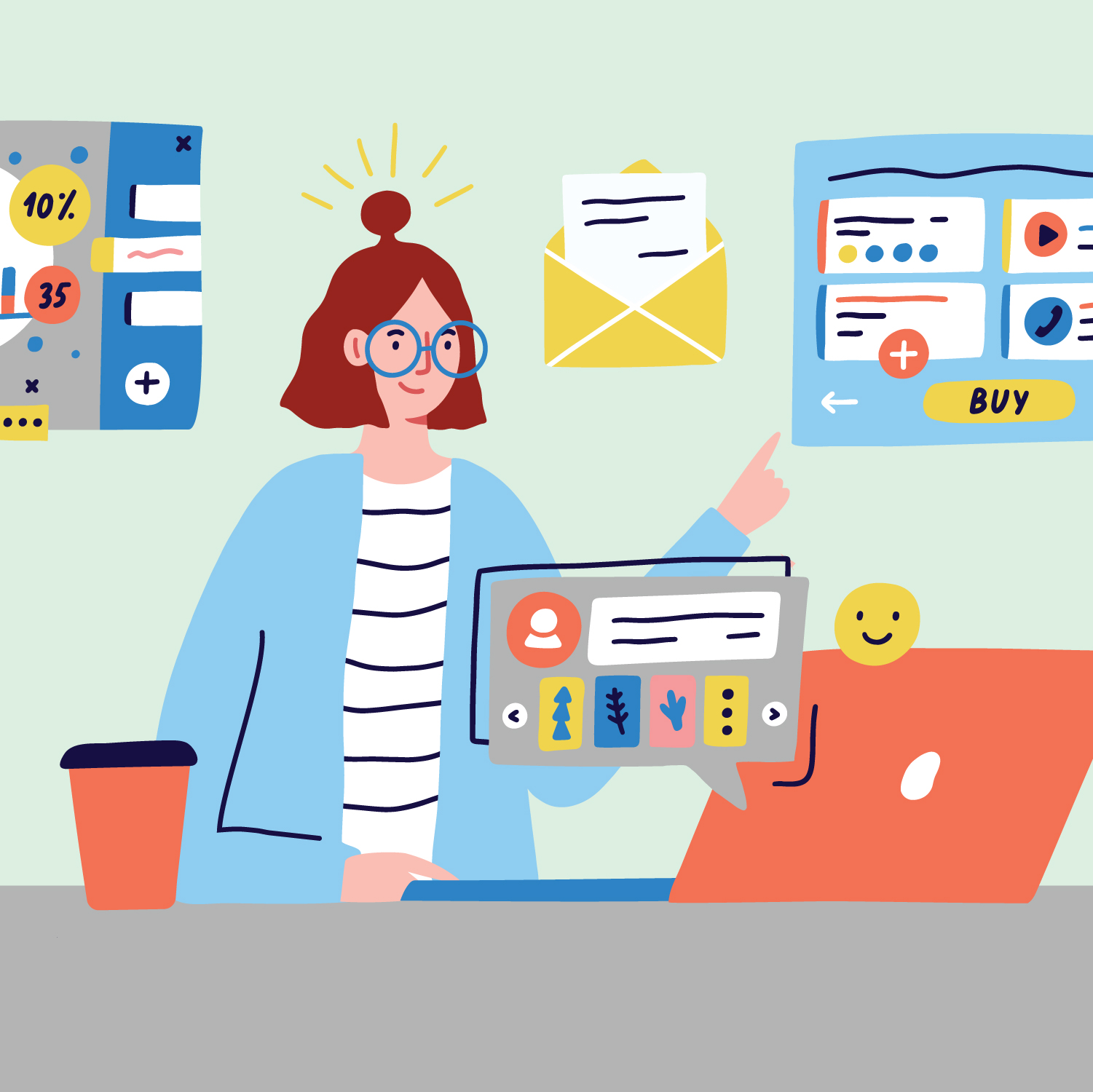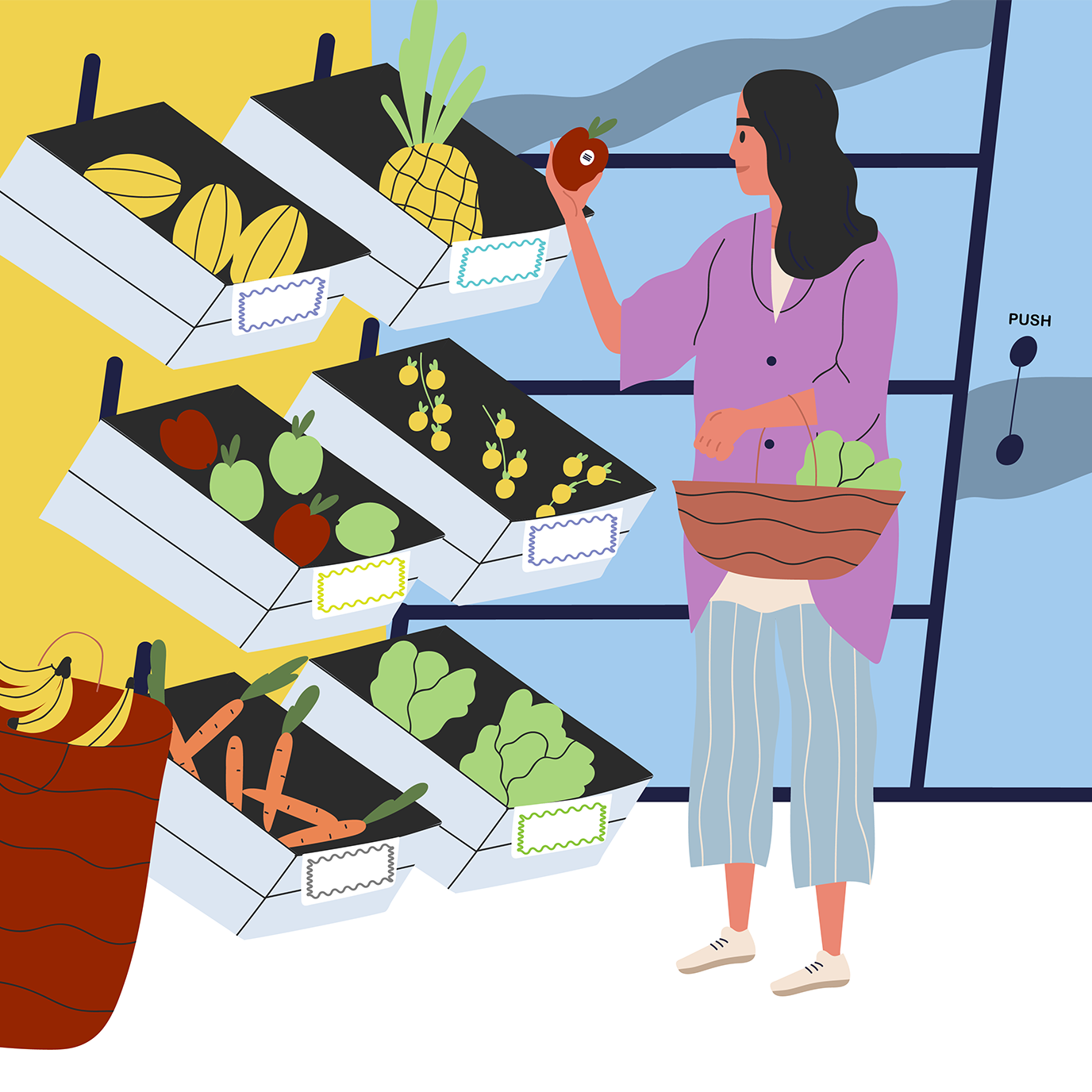color psychology for brands

ave you ever noticed that when you walk into a bright yellow space you feel differently than when you spend time in a blue room? Color psychology can be powerful, particularly when it comes to brands. Have you noticed that many insurance companies have blue in their logo? Or that many fast food brands utilize red?
These similarities are no coincidence, the psychology behind color is at play in each case. Depending on who you ask, colors may create different opinions based on aesthetics and personal preference. Even so, there are human feelings that colors universally provoke and it’s seen in all aspects of design: from interiors, packaging, displays, logos, to…you name it. These feelings may stem from cultural references, nature and our surroundings or even from basic biology and evolution.
If you’re reevaluating your own brand, color is a good place to start. A critical component of effective branding is understanding what colors represent to a broad audience and how they make people feel. Think about what personality you want to portray. Is it trustworthiness? Maybe it’s energy. How about peacefulness and serenity? All of these traits may point you in a different direction on the color wheel.
Here’s a guide to some common color characteristics in the eyes of the consumer:

Calming, conservative, secure, orderly, intelligent
Blue is used in many corporate logos. You’ll see many brands using blue as a representation of security and confidence. For example, many insurance companies like Progressive, GEICO, Allstate and MetLife use blue to help give customers a feeling of trustworthiness. Technology companies like HP, Samsung and IBM use blue to symbolize intelligence and forward-thinking.

Energy, quickness, passion, warning or danger
Red is found in nature in heat and fire. Fire can draw references to food and cooking, danger, love, energy and action. So, it’s no accident that many brands like Target and Netflix use red in their logo. Both brands aim to attract customers in with the red color, hoping they stay energized and enthusiastic. Likewise, fast-food brands Wendy’s, McDonalds, Burger King and KFC all use red in their logos to symbolize the quick-fired food, always hot and ready-to-go.

Youth, creativity, intensity, optimism, happiness
Yellow and orange grab attention and invoke positivity. Since yellow and orange are lighter colors on the spectrum, they can create an uplifting and sunny feeling. For instance, brands like Kodak and Post-It Notes incorporate yellow to express creativity and imagination. Similarly, brands like Amazon may utilize orange to represent happiness and optimism that’s represented in their signature “smile” in their logo.

Nature, sustainability, luck, tranquility, wealth, freshness
With obvious ties to nature, green is a perfect color for brands focusing on healing or organic products or services. For example, John Deere and Whole Foods both use green predominantly to symbolize their ties to nature. On the other hand, brands like H&R Block and even common local banks use green to symbolize wealth and prosperity.
So, next time you’re at the grocery store or watching commercials, pay extra attention to company branding and the emotions they’re suggesting. The more you notice usage of color psychology on your own, the easier it will be to identify how and when to use color in your own brand.




